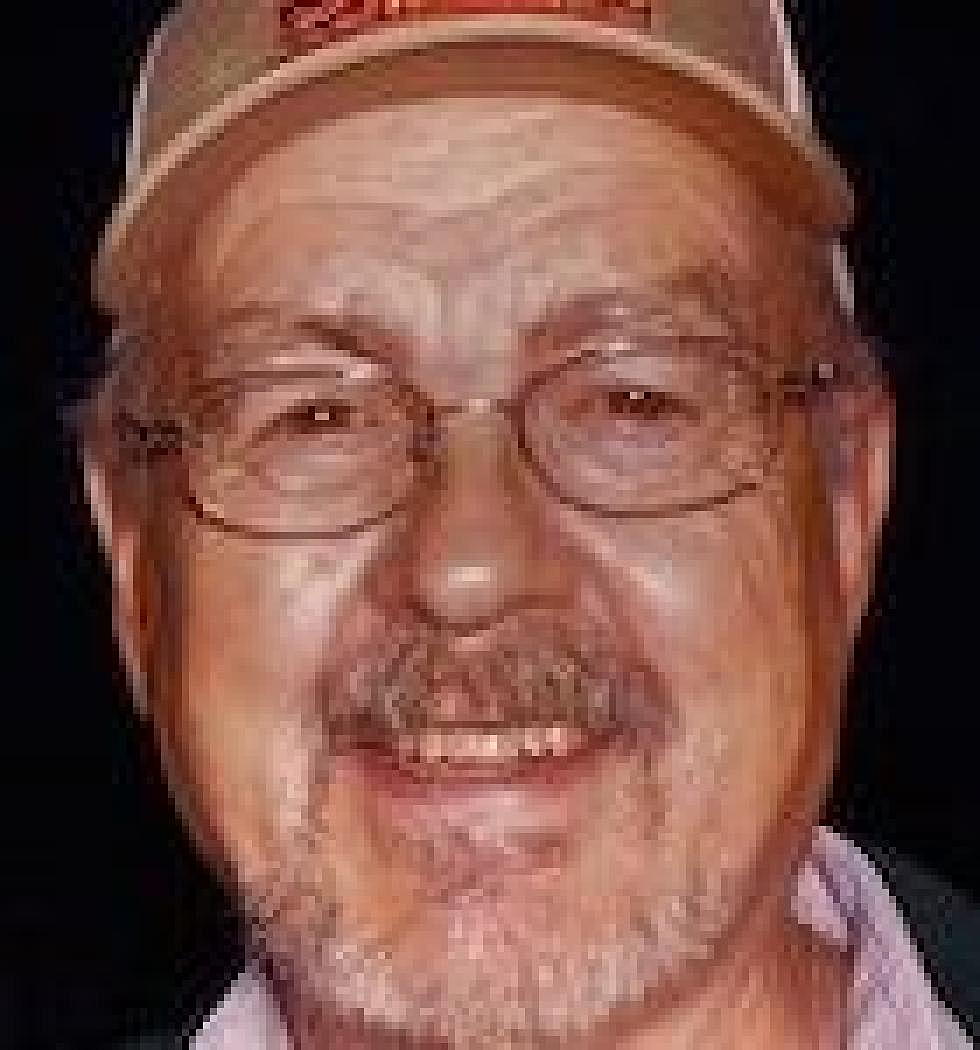
Montana Voices: When you vote, listen to the frightened schoolchildren
“I cried … I was praying to God … I didn’t want to die … I want to live to be old like you.”
Guns and kids are tragically intertwined today in America. It shouldn’t be so, but it is. From Columbine to Sandy Hook to Parkland and dozens more, our minds are haunted by the image of innocent young bodies brutally shattered and shredded by the effects of high-powered military weaponry.
Public schools and kids. We could talk about colleges, or churches, or places of entertainment, but public schools are where this epidemic of gun violence threatens the bodies and haunts the souls of our children and grandchildren. Even here in Butte and Montana.
These are, in fact, “the times that torment children’s souls.” We should listen to them. Listen to your children, grandchildren, nieces, nephews and neighbor kids. Shut out the cacophony of political argument to listen to the clear voices of the children whose message comes from the innocence and purity of their souls.
Adult debates dwell on facts, figures, theories, abstractions. But, to our children, guns killing kids in schools is not an abstraction. That hit me like a lightning bolt just last week right here in Butte.
Here, like elsewhere, school officials now conduct school “lockdown” drills. It’s the right and responsible thing to do. To the adult, that might seem like an extension of “fire drills,” long part and parcel of school life for school children. But, with today’s communication, our children are well aware why we need lockdown drills. And when it is a real lockdown, those little hearts and souls feel sheer terror.
Last week, a young man was parading around the Butte hill “exercising his constitutional rights” with an assault rifle visibly strapped over his shoulder and a Second Amendment sign pasted to his back. Given where he was walking, several Butte grade schools rightfully had real lockdowns.
Routine? Well, it wasn’t routine to the kids. What I heard from one grade-school child was not routine — it was chilling. She said that they were locked down in a small room, instructed to protect themselves as much as possible, just in case. Here are her exact chilling words: “I was really afraid. I cried the whole time. I was praying to God to not let me die. I didn’t want to die. I want to live to be old like you. I cried.”
Multiply by thousands and thousands of times the feelings of that single grade-school child and you begin to realize the immensity of the terror tearing at our children’s souls all across America. This is not acceptable.
I have long had strong feelings about the political and policy issues surrounding the gun debate, but I have not previously written publicly about the seemingly never-ending tribal ritual of the National Rifle Association finding creative ways to defend the indefensible — the gun manufacturers’ lobby ritualistically developing diversionary tactics to avoid addressing the clear and present danger of weapons of war daily confronting our innocent children and grandchildren.
Now, I respect the Second Amendment — was taught to shoot by my dad on a 22-short single-shot rifle. He taught me to respect the Second Amendment but also to respect the other 26 amendments. Check out, for example, the 26th Amendment — the one that ensures the right to vote to those 18 years of age. That amendment provides focus for the powerful voices of the young who are taking a stand against the atrocities of military-style gun violence on children in schools.
As younger people vote, as all of us vote, we should focus on the real fear of young students, of those words and thoughts that are seared in my brain: “I was really afraid. I cried the whole time. I was praying to God to not let me die. I didn’t want to die. I want to live to be old like you. I cried.”
That will be on the minds of the hundreds of thousands who will descend on Washington, D.C., on March 24, led by America’s school children. As America votes, it needs to be listening, first and foremost, to the children.
Evan Barrett, of Butte, retired after 47 years working in Montana economic development, government, politics and education. He is an award-winning producer of Montana history films who continues to write columns and record commentaries, while occasionally teaching Montana history.
